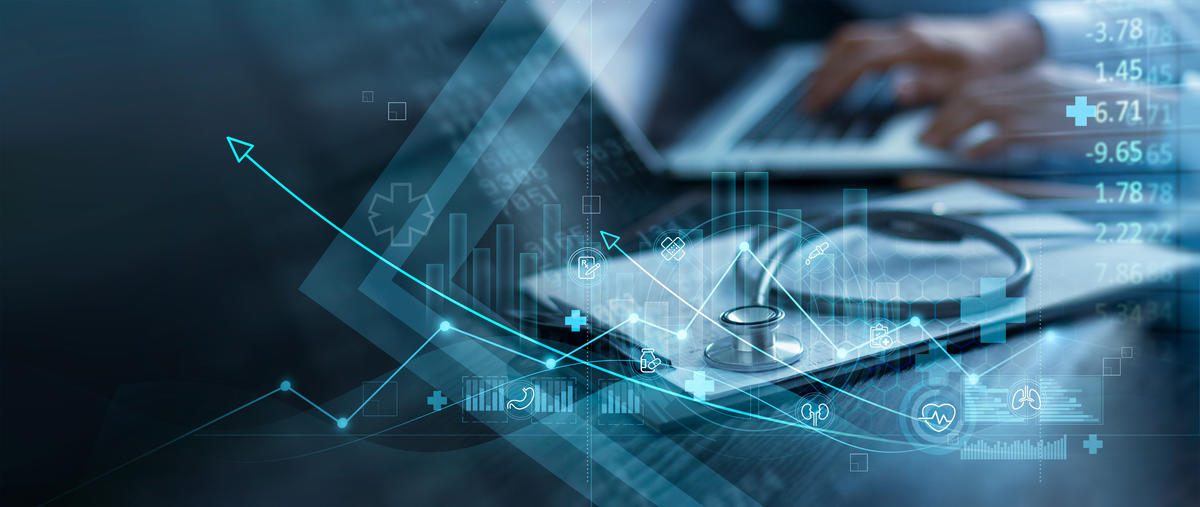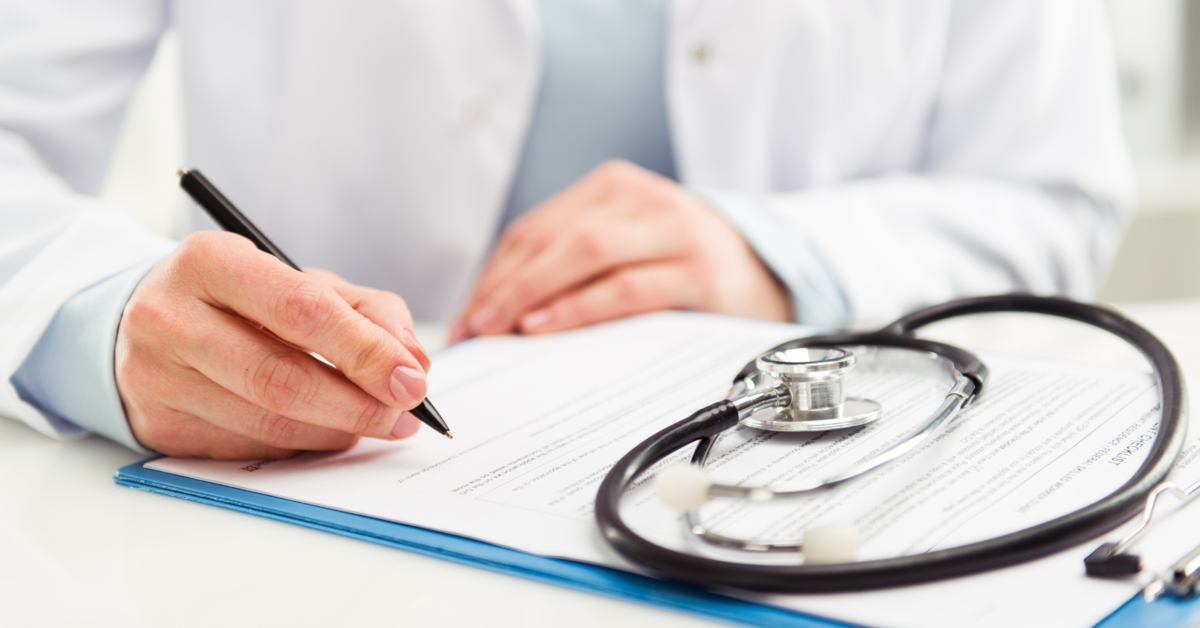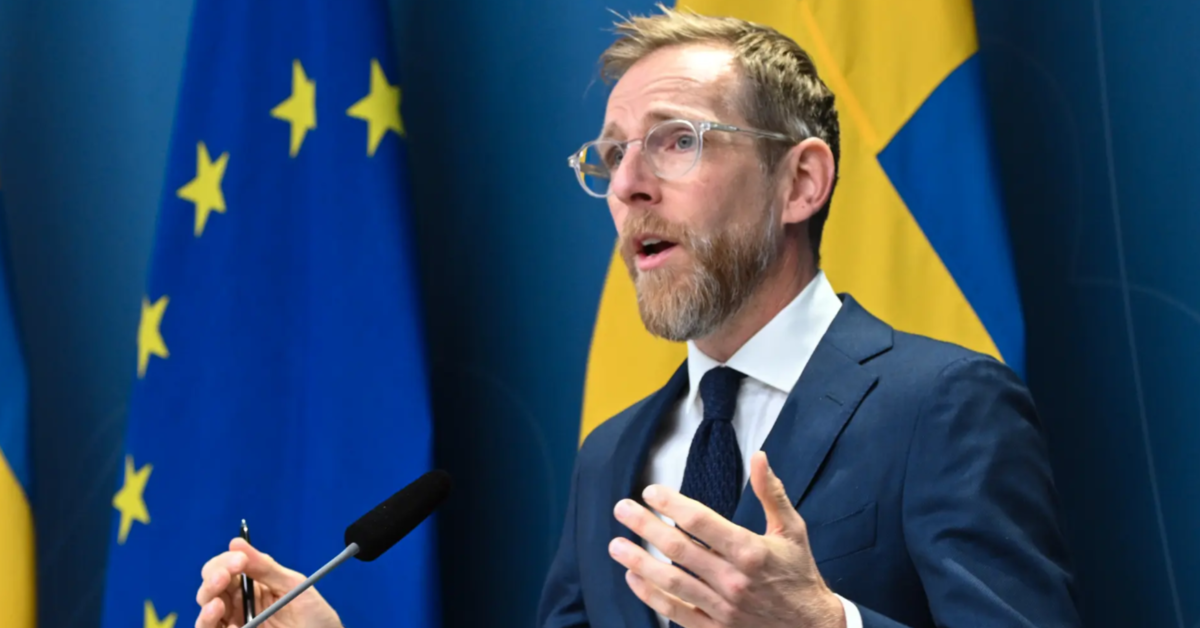Context
On February 8, the Colombian Supreme Court of Justice was convened to elect the next attorney general from a shortlist of three candidates. No candidate received the required votes though, so outgoing Attorney General Francisco Barbosa’s second-in-command, Martha Mancera, is set to step in next week as Interim Prosecutor. Many have expressed their reservations about Mancera, however, due to her alleged links to drug trafficking on the Pacific Coast.
Meanwhile, President Petro had issued a statement on February 3 where he suggested an ongoing institutional breakdown as a result of the Prosecutor Office’s investigations against the Colombian Federation of Educators, Ricardo Roa, President of Ecopetrol and former manager of Petro’s presidential campaign, and Dagoberto Quiroga, former President of Colombia Humana. These individuals and entities are being investigated on the mismanagement of resources and donations to the President's campaign. President Petro’s statements led government-related groups, such as labor unions and some parliamentarians of Pacto Histórico (Petro’s coalition), to call for marches and demonstrations at the Prosecutor's Office and the Palace of Justice.
These demonstrations, initially peaceful, were interpreted by the Supreme Court, the media, and some political sectors as a form of pressure to speed up the voting process. Later in the morning, once the public became aware that none of the candidates obtained the necessary number of votes be elected, the protesters’ aggravation increased and they surrounded the Palace of Justice, preventing movement of the Supreme Court magistrates and other civil servants. So far, the media has reported the following incidents:
- An official of the Supreme Court of Justice was injured by protesters while trying to leave.
- Blunt objects were thrown at a Supreme Court magistrate, though he was not hit.
- Two teams of journalists were harassed by the protesters, limiting their movement and preventing their reporting.
Some media outlets have noted a possible evacuation of the magistrates using helicopters, though these facts have been disputed.
At noon, the President asked police to clear the vicinity of the Palace of Justice due to the escalation of events. He also asked them to identify protestors who committed these hostile acts, attributing these type of actions to the extreme right and exonerating blame from those who share his ideological spectrum—those who originally called for the march. After intervention of the riot police, order was gradually restored to the city center.
Why it Matters
The citizens’ pressure on the Supreme Court, instigated by government-related sectors, has been interpreted by multiple groups in society as undue interference in the separation of powers. This sets a dangerous tone for the future and, more controversial, for judicial decisions that the Supreme Court will make in upcoming months—including the criminal proceedings of Dagoberto Quiroga, Ricardo Roa, and the President’s son, Nicolás Petro, as well as a judgment on the constitutionality of the government's social reforms, which would likely face multiple appeals.
Colombian institutions, and the judicial branch in particular, have received multiple threats at the country's most difficult times. This includes the seizure and retaking of the Palace of Justice, which led to the murder of most of the members of the high courts, and the surveillance and illegal interceptions of communications of the magistrates during President Uribe’s administration. In all cases, institutions resisted and were backed by society, which suggests it’s time for all actors in the political spectrum to act calmly and within the framework of respect for the law.
Reactions in the Media





